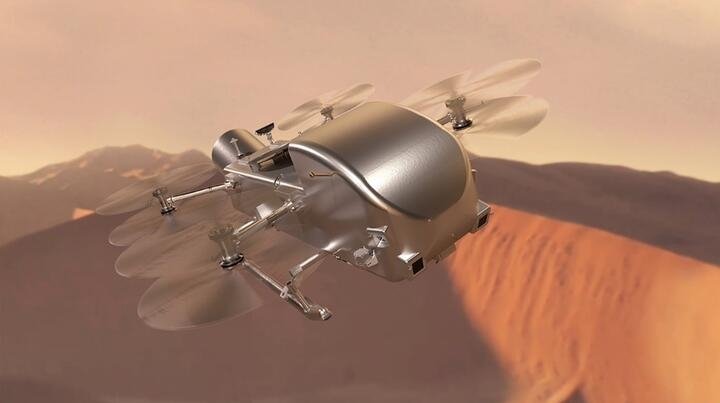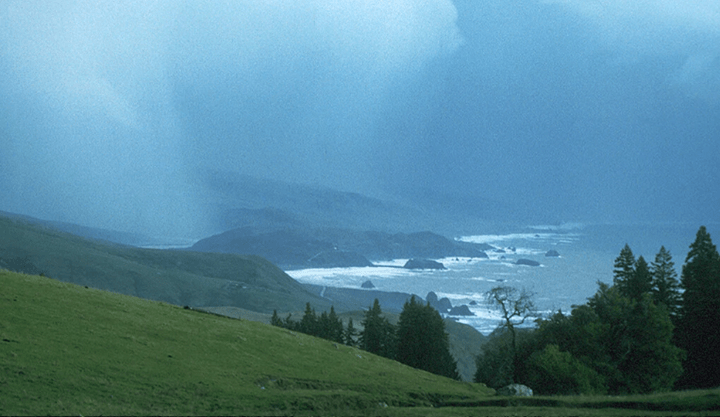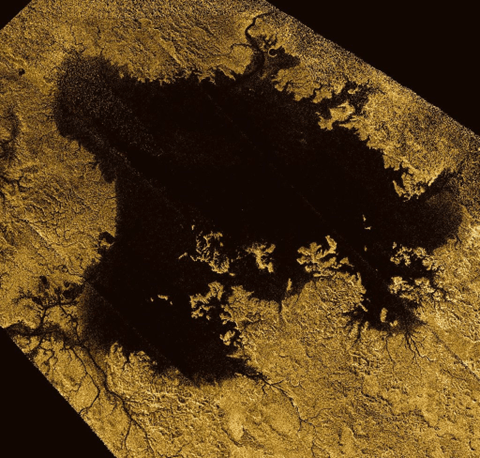Meet the FAS faculty: Juan Lora
From the ancient Greeks and Egyptians to Neil Armstrong and the scientists who drove the space race, people have long been captivated by the stars and planets. Now with modern technology and scientific advancements, there is no limit to the information scientists can find in the stars. Researchers like Juan Lora are shooting for the moon — Saturn’s moon to be precise.
To nominate an FAS faculty member to be featured in this series, please email fas.dean@yale.edu
From the ancient Greeks and Egyptians to Neil Armstrong and the scientists who drove the space race, people have long been captivated by the stars and planets. Now with modern technology and scientific advancements, there is no limit to the information scientists can find in the stars. Researchers like Juan Lora are shooting for the moon — Saturn’s moon to be precise.
Lora is Assistant Professor of Earth & Planetary Sciences in Yale’s Faculty of Arts and Sciences. He joined the FAS in 2019 after spending four years as a postdoc at the University of California, Los Angeles in their Department of Earth, Planetary, and Space Sciences.
Lora’s introduction to planetary sciences began during his undergraduate studies at the University of Southern California where he majored in Astronomy. There, he developed an appreciation for the field’s expansiveness and diversity, which encompasses broad subjects like cosmology to smaller scale analysis of planets.
Inspired by the field’s richness, Lora continued his studies, earning his Ph.D. in Planetary Sciences at the University of Arizona. He narrowed his focus down to the climate and atmosphere of Titan, Saturn’s largest moon. During his studies, his interest in astronomy and astrobiology, the study of life outside of the Earth, also bloomed.

Artist’s rendition of Dragonfly soaring over the dunes of Saturn’s moon Titan. (Image courtesy of NASA/Johns Hopkins APL/Steve Gribben)
Lora describes himself as a “planetary atmospheric scientist” and he has been studying Titan’s atmosphere for almost 14 years. Just like Earth, Titan has a dense atmosphere and active geochemical cycles. But where Earth has a water cycle, Titan has a methane cycle.
Lora investigates how Titan’s climate system works. He identifies where methane is located and how it moves, the reciprocal interactions between the atmosphere and the surface, and the origins behind land features. Titan’s topographical features like dune fields, lakes, and rivers, can indicate climatic trends, just as the Earth’s features allow geologists and atmospheric scientists to explain the development of land formations.
Soon, the world will have a better look at Titan and its atmosphere than ever before. Since 2017, Lora has been a co-investigator with NASA’s Dragonfly Mission, part of NASA’s New Frontier’s Program. Dragonfly is a rotorcraft drone which will scope out locations on Titan looking for prebiotic chemical processes (the formation of complex organic material) and take measurements of the atmosphere. Dragonfly is expected to launch in 2028 and arrive at Titan in the mid 2030’s.

A storm darkens the sky at the mouth of the Russian River, north of Bodega Bay, Calif. The storm was driven by an “atmospheric river” over California. (Image courtesy of NOAA)
In addition to Titan, Lora also studies the evolution of Earth’s water cycle over the last few million years, focusing on the circulation of water in the atmosphere, where condensation and precipitation occur, and how it has changed over time. With human-driven climate change influencing Earth’s water cycle, Lora is interested in seeing how Earth’s water cycle operated during the last Ice Age, a time prior to human interference.
He surveys these changes by monitoring atmospheric rivers, which are long pathways of concentrated water vapor transport that cover the globe.
“California gets hit by atmospheric rivers often and they are very important for its water resources, but they can sometimes cause natural hazards like floods and mudslides,” he said. “We are, in part, trying to understand how and why [atmospheric rivers] work in our climate system.”
Lora does not subscribe to climate anxiety. He believes that the Earth can be saved by implementing known solutions. While there are not answers for every problem nor will solutions be easy to implement, Lora highlighted the importance and the impact of taking actionable steps, like stopping carbon emissions.
“Climate solutions take planning. They take both political capital and financial capital. Because climate change is a slow-moving, long-term problem, it can be easy to prioritize other issues instead. That is a huge problem, because the less we do, the worse climate change gets.”
Lora’s studies of planetary climates earned him the Arthur Greer Memorial Prize for Outstanding Scholarly Publication or Research for the 2022-2023 academic year. The award, presented by the Faculty of Arts and Sciences, recognizes outstanding research conducted by ladder faculty members in the social or natural sciences, who are untenured when the work is completed or published.
“Studying planetary atmospheres is just like studying Earth’s atmosphere, but sometimes the two fields diverge because they are slightly different communities. However, I feel like we are now in a time of more convergence,” he said. “It’s good to confirm that the findings we have from one field can be applied to the other so that our understanding of planetary sciences and atmospheric physics is consistent.”
Lora attributes part of his passion and drive for research to Yale’s culture of collaboration amongst students and faculty.
“My colleagues, my collaborators, my students: when they’re excited, it gets me excited and that keeps me going,” he said.
This collaborative spirit is something he embodies while mentoring his students. The topics they are studying include investigating aspects of Titan’s middle atmosphere region which is equivalent to Earth’s stratosphere, analyzing meteorological data and images of cloud formation collected by the James Webb Space Telescope, and studying the closest layer of Titan’s atmosphere to its surface to help prepare for the Dragonfly project.

Ligeia Mare, shown here in a false-color image from NASA’s Cassini mission, is the second largest known body of liquid on Saturn’s moon Titan.
While some might turn to applied sciences for planetary solutions, Lora believes that planetary science highlights the inquisitive nature and pedagogy of science.
“Planetary science can lead to really important insights about our place in the universe,” he said, “and we can’t lose sight of that.”
Lora is continuing to look for out-of-this-world climate and planetary solutions by investigating planets like Venus, Uranus, and Neptune.
“I was drawn to the field of planetary science because I was interested in exploration. It is a normal human interest to want to discover what’s out there,” he said. “Being in a field where exploration is ongoing is really exciting. I’m honored to be in that position.”